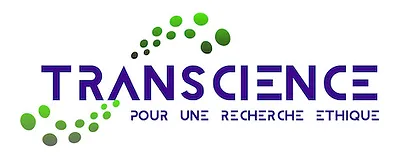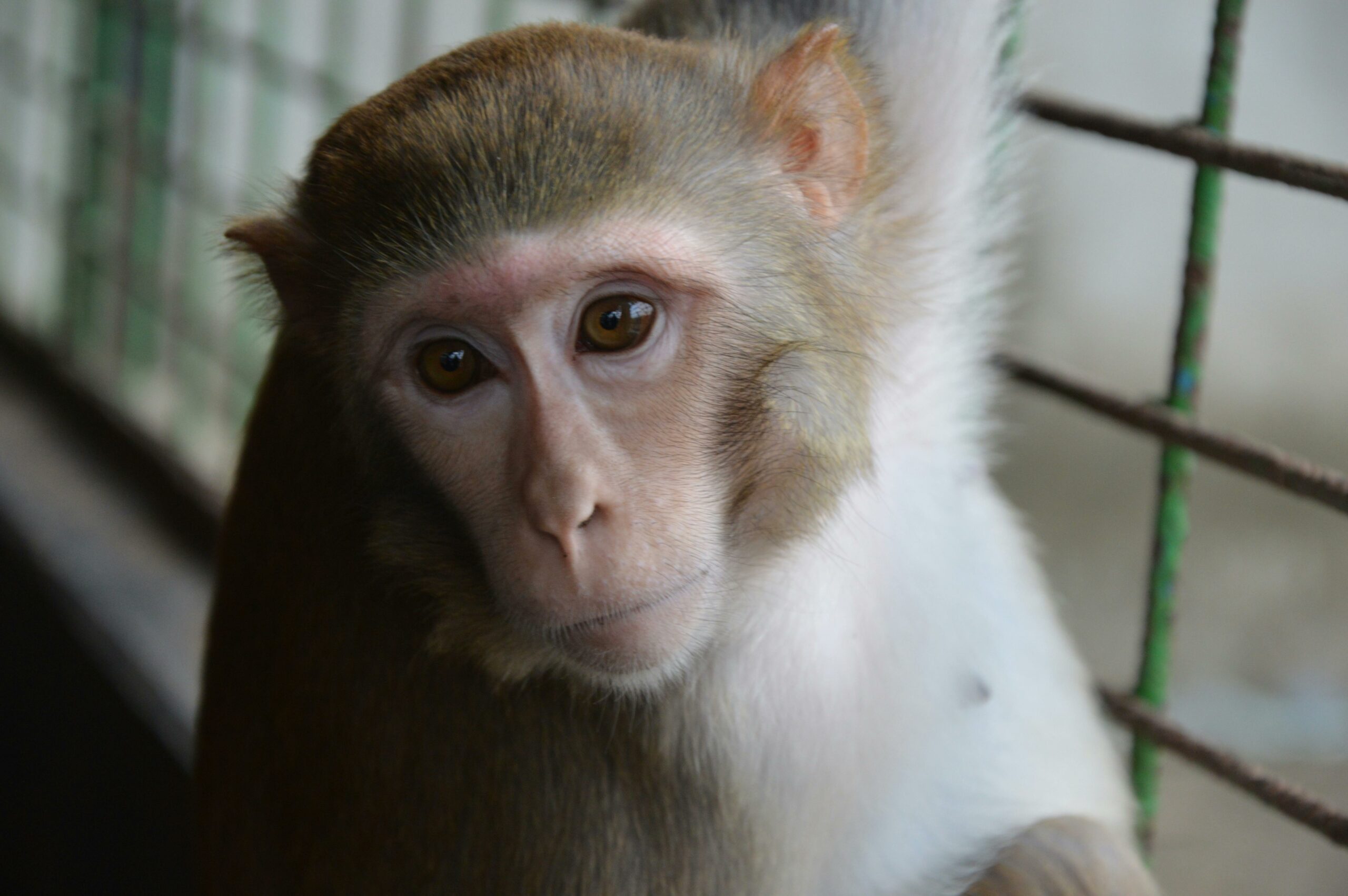The aim of biomedical research is to increase knowledge of physiological and pathophysiological mechanisms, in order to develop or improve proposed treatments for human diseases. To this end, research activities are intended to be disseminated among peers via publication in a peer-reviewed international journal.
Once published, the article can be cited by other scientists in their own articles. The higher the number of citations, the greater the impact of the article in the field in question.
Roland Cash (doctor of medicine, PhD in pharmacology, vice-president of Transcience) and Lilas Courtot (PhD in biology, head of the Pro Anima scientific committee) wanted to find out where projects using non-human primates stood in France in terms of publications and citations.
The results of their study, which covers projects approved between the beginning of 2016 and June 2019, published in ALTEX in July 2025, are edifying and raise many questions.
For the four years under review, 191 research projects involving the use of 6,070 non-human primates were identified by analyzing the non-technical summaries published on the French Ministry of Research website.
The two authors of the study were able to demonstrate that the non-publication rate for all these projects is high, at 44%.
Project results are often not published because they are deemed “negative” by researchers or journal reviewers. In addition to being a waste of resources (including a significant number of animal lives), this non-publication has a number of bias on the scientific level, including an over-representation of positive results in systematic reviews, and it can lead to the unnecessary repetition of experiments using animals.
According to the non-technical summaries of the published projects, these projects, for which no results were published, planned to use 2,421 non-human primates. Thus, a considerable number of sensitive living beings, highly developed both emotionally and intellectually, were subjected to more or less painful procedures and then put to death, without any significant advance in knowledge or any benefit for human or animal health.
This study also looks at the scientific contribution of the 56% of projects that resulted in a publication. For these, a publication citation index constructed by the National Institute of Health (NIH) was used: the relative citation ratio (RCR). For the publications in question, the median RCR is 1.1, meaning that their impact is only slightly greater than that of biomedical publications as a whole (the average being 1). 10% of publications have an RCR of over 4 and offer the prospect of a significant contribution to human health: gene therapy (in ophthalmology, for rare diseases), treatment against the Ebola virus, vaccine against chikungunya, neuroprosthesis controlled by a brain-machine interface, study of states of consciousness. On the other hand, 4% of publications have an RCR of 0.
This study demonstrates that an evolution in research practices is required for projects using non-human primates, but the demonstration can be extended to other animals whatever their species. To overcome the biases and problems presented by the non-publication of projects using animals, the authors advocate the systematic publication of all research results, the development of open-access platforms to facilitate data sharing (e.g. via ” short notes “, the FC3R platform), the publication of retrospective assessments, the pre-registration of all studies using animals, and above all a more rigorous scientific evaluation of projects to ensure their robustness.
One of the main lessons to be learned from this study is that the number of animals used for scientific purposes – particularly non-human primates – can be significantly reduced without sacrificing biomedical progress.




